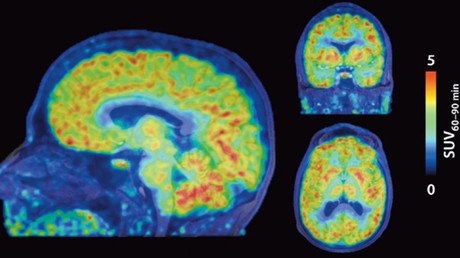Toxic air pollution particles found in human brains, possible Alzheimer’s link - study

Tiny magnetic particles called "magnetite nanoparticles" present in air pollution have, for the first time, been discovered in human brains, and researchers think it could be a possible cause of Alzheimer's disease.
Scientists examined brain tissue from 37 people aged between three and 92 in Mexico and in Manchester, UK.
They found that many of the highly magnetic brain samples were from people under 40 from Mexico City who had been exposed to high levels of air pollution, and from people in Manchester over 65 years at time of death with moderate to severe Alzheimer’s disease.
Lancaster University Professor Barbara Maher, who led the new research, explained that magnetite particles are damaging to the brain and can lead to cell damage and eventually cell death - the hallmarks of neurodegenerative diseases including Alzheimer's.
“We found for the first time that there are literally millions of tiny magnetic crystals inside human brains and those crystals shouldn’t be there,” she said.
READ MORE: Scientists may have ‘game changer’ drug to treat Alzheimer’s
The particles are produced by vehicle combustion, iron wear from the engine block and frictional heating from brake pads. These nanoparticles can also form from open fires or poorly-sealed stoves.
The particles gain direct entry to the brain as people breath in the toxins through their noses allowing them to spread easily to brain areas including the hippocampus and cerebral cortex - the regions affected by Alzheimer’s disease.
While the study doesn’t prove a causal link between air pollution and Alzheimer’s Disease, Maher says it’s a potential environmental risk factor that can’t be ignored and warrants further research.
“Now there is a reason to go on and do the epidemiology and the toxicity testing, because these particles are so prolific and people are exposed to them,” Maher said.













